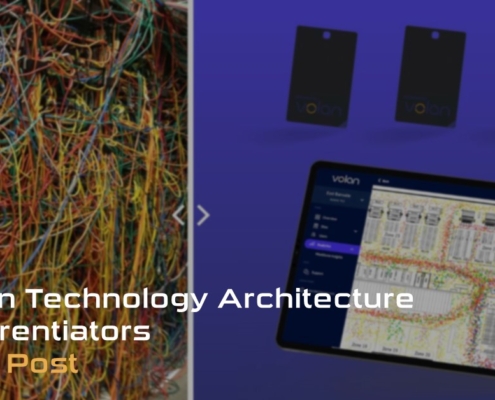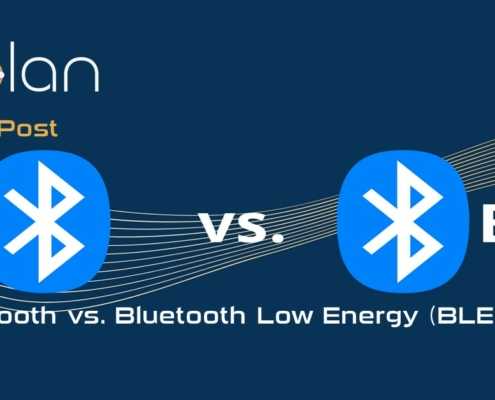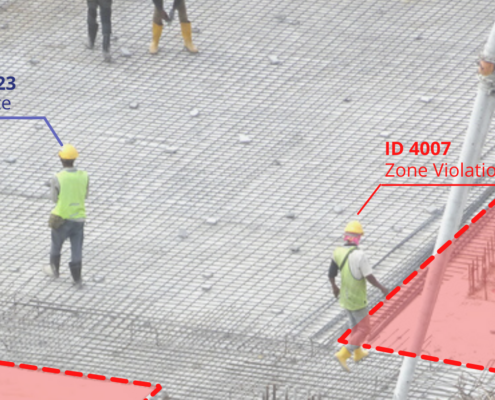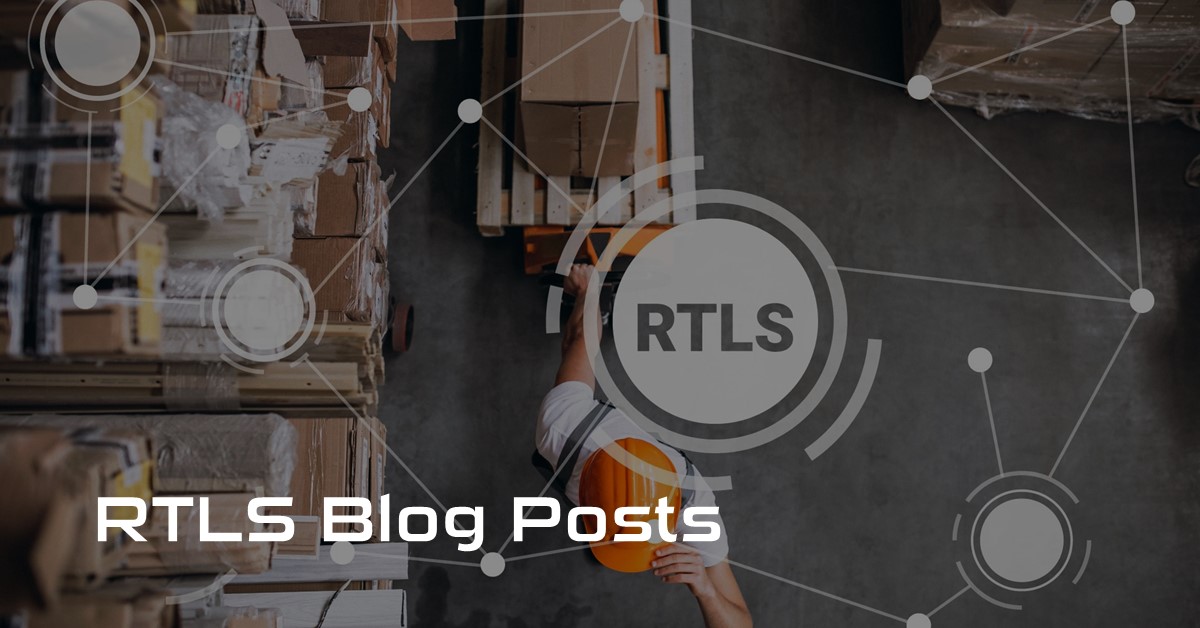Navigating Efficiency – Crucial Role of Location Asset Tracking in Modern Businesses
RTLSLocation Asset Tracking is the process of monitoring and managing physical assets within an organization or across various locations. It involves using technology such as GPS, RFID (Radio-Frequency Identification), barcode scanners, or IoT (Internet of Things) sensors to keep tabs on the location, status, and movement of assets.

Volan Technology Architecture Differentiators
RTLSReal-Time Locating Systems (RTLS) are increasingly commonplace in industrial applications, ranging from tool tracking for manufacturers to indoor mapping of warehouses. With industrial companies allocating as much as 70% of their operational expenses on labor, RTLS technologies seek new capabilities for labor analysis.

Ultra-Wideband (UWB) vs. BLE
RTLSWhat is the difference between ultra-wideband and Bluetooth? Discover the pros and cons of each technology to find the best fit for your RTLS needs. Ultra-wideband is a low-power radio technology for transmitting data within the 3.1 to 10.6 GHz range. Bluetooth Low Energy is a radio frequency technology that transmits data in the 2.4 GHz spectrum band, specifically across 80 different 1 MHz wide channels from 2400 to 2483.5 MHz.

Bluetooth vs. BLE
RTLSBluetooth Low Energy differs from its parent technology because it remains dormant until a connection is initiated. Where Bluetooth is best suited for a constant exchange of larger amounts of data, Bluetooth Low Energy excels at exchanging smaller amounts of data over a much longer period of time. Bluetooth Low Energy uses a reduced amount of power through faster connection times than traditional Bluetooth devices, reducing connections from 100mS to 6mS.

What is Geofencing?
RTLSGeofencing is a system of virtual boundaries. Using GPS, radio frequency identification, Wi-Fi, and other data mechanisms, a geographical location carries a “geofence” that shows the specific location, and mobility patterns of people and their devices. Geofencing software provides real-time coordinates within the virtual fence perimeter. If the device goes beyond that perimeter, alerts—through a push notification or text message—will be sent to the user.

